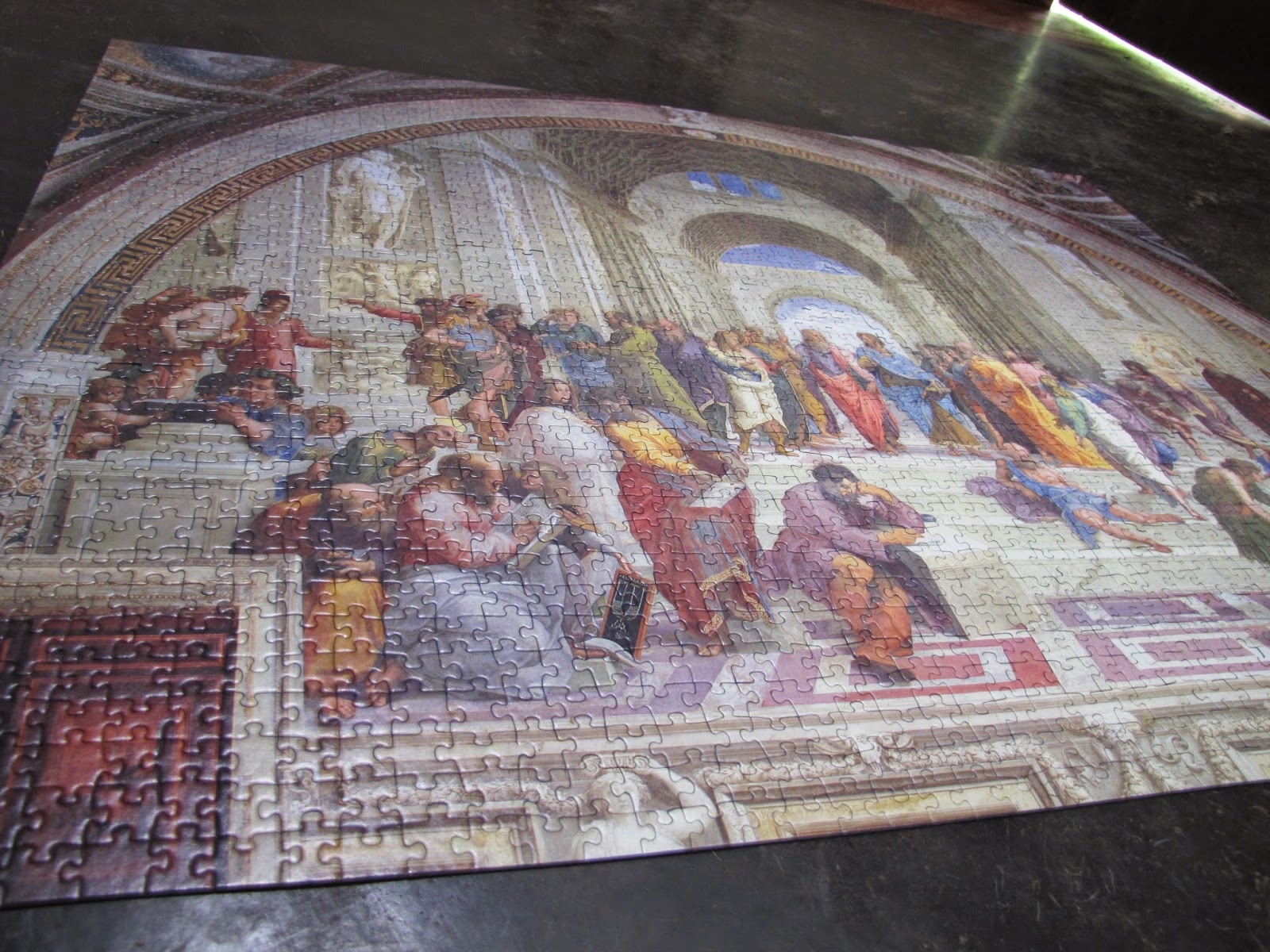Some folks
transplant rice for wages,
but I have
other reasons.
I watch the
sky, the earth, the clouds,
Observe the
rain, the nights, the days,
keep track,
stand guard till my legs
are stone,
till the stone melts,
till the sky
is clear and the sea calm.
Then I feel
at peace.
A Vietnamese
poem after my own heart!
Our rice nursery, after its tryst with a bunch ofbovine grazers, still survived and after 4 weeks is now ready to be
transplanted into the main field. These
little, baby rice plants, lovingly
protected so far are now ready to venture out into the big world!
So D-day
dawns with a clear bright sky. It has
been raining quite consistently but the field is only wet and not yet
waterlogged. So our irrigation channel
has been opened up and the water is flowing into the fields. Ganapati is ready with his bullocks and
plough at 7 am.
 |
| Ganapati, with the pair of beautiful beasts! |
This is something new
that we learnt – just tilling the land is not enough, you have to ‘muddle up’
the land to a fine squelch now! As the
bullocks walk through the field, the plough churns up the soil with the water
. Up and down, over and over again, till
the mud looks like brown porridge.
 |
| Muddling up the mud to a fine squelch! |
By 9
a.m. one section of the field is done and the 6 women have arrived for the
actual transplantation. They walk
over to the nursery, their sarees tucked up to avoid trailing in the mud. When
they near the nursery I hear an audible cluck-cluck of sympathy. “What is it?” I ask them. “Oh these saplings are so small – You don’t
put fertilizer is it? You should
have, the saplings would then have been
this high” one of them explains holding her hand a good 6 inches above our
saplings. It is alright I explain –
Fertilizer is not good – it will ruin the soil I say, but their blank look
seems to say “Oh these mad city folks”.
Anyway, they
start pulling up the saplings. Their
movements are smooth and swift, they work with both hands – a fluid movement
akin to churning buttermilk with a rope wound around the churner. When the
bunches in their hands reach a particular size, they bind them with a couple of saplings and toss them
aside. They find it very amusing when I
do the same, gingerly, not wanting to hurt the roots of the delicate looking
plants. But a swift brisk movement is what you need to uproot the saplings and
with a little practice I get it right.
 |
| Geeta (leftmost) is amused at my slow, gentle tugging of the saplings. |
 |
| Bundles of Saplings lined up swiftly. |
A short break with a meal of idlis, chutney, a sweet potato patty, some tea and it is time to do the transplantation. Squelch, squelch , the mud is unbelievable soft and squidgy – all you do is pull out 3-4 saplings from the bunch and push them deep into the squidge. The trick is that when you pull your hand out, the saplings should stay in and stand erect. Mine looked pathetic at first but soon I learnt the trick and could do it almost as well as the others, though not at that speed. And definitely not for that long. My back was already beginning to sing a different tune. The others continued until the entire field was covered with neat rows of saplings.
 |
| Ohhhh, this sad looking lot is mine. |
 |
| Experienced hands - see the difference? |
The evening sun reflected on the still waters
in the field and the little saplings revelled in their new found space. Have we really made a mistake by stubbornly
refusing to use chemical fertilizers and pesticides. Will our home-made mixes of Jeevamruth andPanchagavya work? Well, all I can say is
Wait, and we will soon find out.












